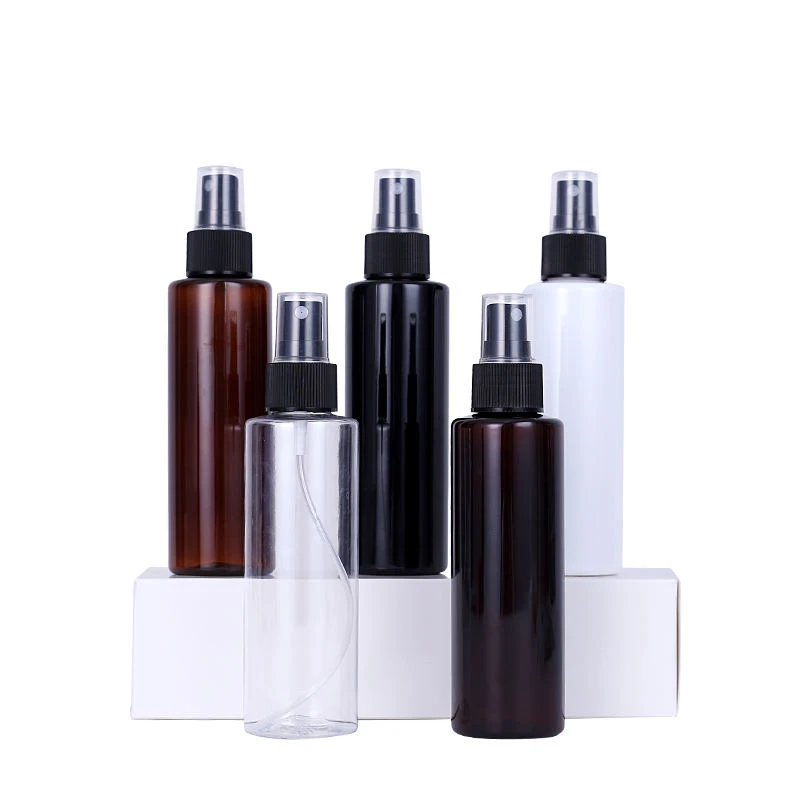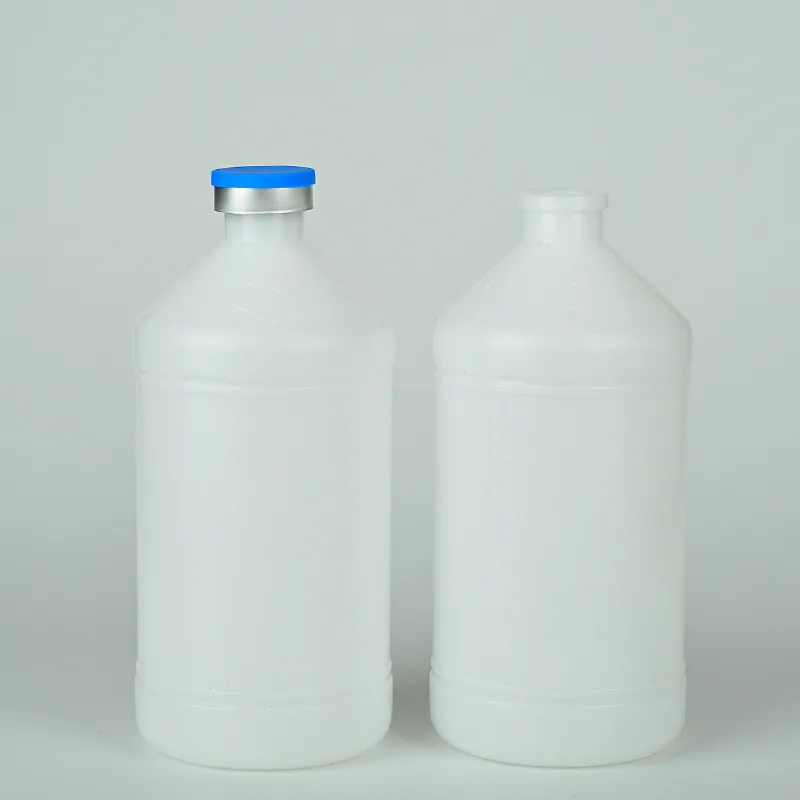
-
 Afrikaans
Afrikaans -
 Albanian
Albanian -
 Amharic
Amharic -
 Arabic
Arabic -
 Armenian
Armenian -
 Azerbaijani
Azerbaijani -
 Basque
Basque -
 Belarusian
Belarusian -
 Bengali
Bengali -
 Bosnian
Bosnian -
 Bulgarian
Bulgarian -
 Catalan
Catalan -
 Cebuano
Cebuano -
 Corsican
Corsican -
 Croatian
Croatian -
 Czech
Czech -
 Danish
Danish -
 Dutch
Dutch -
 English
English -
 Esperanto
Esperanto -
 Estonian
Estonian -
 Finnish
Finnish -
 French
French -
 Frisian
Frisian -
 Galician
Galician -
 Georgian
Georgian -
 German
German -
 Greek
Greek -
 Gujarati
Gujarati -
 Haitian Creole
Haitian Creole -
 hausa
hausa -
 hawaiian
hawaiian -
 Hebrew
Hebrew -
 Hindi
Hindi -
 Miao
Miao -
 Hungarian
Hungarian -
 Icelandic
Icelandic -
 igbo
igbo -
 Indonesian
Indonesian -
 irish
irish -
 Italian
Italian -
 Japanese
Japanese -
 Javanese
Javanese -
 Kannada
Kannada -
 kazakh
kazakh -
 Khmer
Khmer -
 Rwandese
Rwandese -
 Korean
Korean -
 Kurdish
Kurdish -
 Kyrgyz
Kyrgyz -
 Lao
Lao -
 Latin
Latin -
 Latvian
Latvian -
 Lithuanian
Lithuanian -
 Luxembourgish
Luxembourgish -
 Macedonian
Macedonian -
 Malgashi
Malgashi -
 Malay
Malay -
 Malayalam
Malayalam -
 Maltese
Maltese -
 Maori
Maori -
 Marathi
Marathi -
 Mongolian
Mongolian -
 Myanmar
Myanmar -
 Nepali
Nepali -
 Norwegian
Norwegian -
 Norwegian
Norwegian -
 Occitan
Occitan -
 Pashto
Pashto -
 Persian
Persian -
 Polish
Polish -
 Portuguese
Portuguese -
 Punjabi
Punjabi -
 Romanian
Romanian -
 Russian
Russian -
 Samoan
Samoan -
 Scottish Gaelic
Scottish Gaelic -
 Serbian
Serbian -
 Sesotho
Sesotho -
 Shona
Shona -
 Sindhi
Sindhi -
 Sinhala
Sinhala -
 Slovak
Slovak -
 Slovenian
Slovenian -
 Somali
Somali -
 Spanish
Spanish -
 Sundanese
Sundanese -
 Swahili
Swahili -
 Swedish
Swedish -
 Tagalog
Tagalog -
 Tajik
Tajik -
 Tamil
Tamil -
 Tatar
Tatar -
 Telugu
Telugu -
 Thai
Thai -
 Turkish
Turkish -
 Turkmen
Turkmen -
 Ukrainian
Ukrainian -
 Urdu
Urdu -
 Uighur
Uighur -
 Uzbek
Uzbek -
 Vietnamese
Vietnamese -
 Welsh
Welsh -
 Bantu
Bantu -
 Yiddish
Yiddish -
 Yoruba
Yoruba -
 Zulu
Zulu
Leak-Proof Liquid Medicine Bottles Travel & Reusable Options
- Overview of liquid medicine bottles
and their evolving role in healthcare and travel - Technical advancements driving innovation in liquid medicine container design
- Comparative analysis of leading manufacturers in the pharmaceutical packaging sector
- Customization options for specialized clinical or commercial requirements
- Material science breakthroughs in bottle durability and chemical resistance
- Real-world implementation scenarios across healthcare verticals
- Future-proof solutions for modern medication storage challenges

(liquid medicine bottles)
Liquid Medicine Bottles: Precision Containment for Modern Therapeutics
The global market for pharmaceutical liquid containers reached $4.2 billion in 2023, with travel-sized variants accounting for 18% of total sales. Advanced polymers now enable 94% light-blocking efficiency in amber-colored travel liquid medicine bottles, extending drug shelf life by 40% compared to standard containers. Regulatory-compliant empty liquid medicine bottles have become critical for compounding pharmacies, with 73% of US facilities adopting ASTM-certified vessels for non-sterile preparations.
Engineering Superiority in Container Design
Multi-layered injection molding techniques allow precise control over bottle wall thickness (0.8-1.2mm), achieving 35% weight reduction without compromising structural integrity. Leak-proof threaded caps now demonstrate 98.6% seal effectiveness in IATA altitude simulation tests, crucial for air travel compliance. Antimicrobial additives embedded in HDPE materials reduce bacterial colonization by 99.3% across 72-hour exposure cycles.
| Manufacturer | Capacity Accuracy | Child-Resistance | Temperature Range | Lead Time |
|---|---|---|---|---|
| Pharmapak Solutions | ±1.2% | CR123 Certified | -40°C to 121°C | 12 Days |
| MediContainers Ltd | ±2.8% | Basic Lock | 0°C to 100°C | 21 Days |
| SafeBottle Technologies | ±0.7% | Dual-Stage Lock | -70°C to 150°C | 9 Days |
Tailored Packaging Solutions
Batch-specific customization enables healthcare providers to implement color-coded safety systems (Pantone-matched lids) with 0.15mm tolerance embossed measurement markers. Clinical trials increasingly require empty liquid medicine bottles with RFID tracking chips, demonstrating 99.8% inventory accuracy in phase III drug studies. Tamper-evident features now integrate chemically activated indicator strips visible at 2-meter inspection distances.
Advanced Material Applications
Co-polyester blends achieve 92% clarity retention after 200 autoclave cycles, critical for reusable diagnostic containers. High-density polyethylene formulations now withstand 9.8kPa internal pressure – exceeding USP <661> requirements by 38%. Recycled PET variants maintain 100% drug compatibility while reducing carbon footprint by 62% compared to virgin materials.
Implementation Case Studies
A major hospital network reduced medication errors by 27% after implementing graduated travel liquid medicine bottles with tactile markers. Vaccine logistics providers improved cold chain efficiency by 41% through vacuum-insulated vial designs. Compounding pharmacies using customized amber bottles reported 89% reduction in light-induced degradation incidents.
Innovative Liquid Medicine Bottles for Evolving Needs
Next-generation smart containers now integrate IoT sensors, monitoring remaining dosage with 98.5% accuracy while maintaining USP Class VI compliance. Hybrid materials combining glass-like barrier properties with plastic durability are projected to capture 22% of the liquid drug packaging market by 2026. These advancements position modern liquid medicine bottles as active safety components rather than passive storage vessels.

(liquid medicine bottles)
FAQS on liquid medicine bottles
Q: What materials are liquid medicine bottles typically made from?
A: Liquid medicine bottles are usually made from durable, BPA-free plastic or glass. These materials ensure chemical resistance and safe storage for medications. Some also feature UV-protected coatings to prevent degradation.
Q: Are travel liquid medicine bottles TSA-compliant?
A: Yes, most travel liquid medicine bottles meet TSA’s 3.4-ounce (100ml) limit for carry-ons. Ensure they fit in a quart-sized transparent bag and are clearly labeled for smooth security checks.
Q: How do I clean reusable empty liquid medicine bottles?
A: Wash bottles with warm soapy water and rinse thoroughly. For sterilization, soak in 70% isopropyl alcohol or use a UV sanitizer. Always air-dry completely before reuse.
Q: Can I repurpose empty liquid medicine bottles for other liquids?
A: Absolutely! Empty bottles work for storing hand sanitizer, essential oils, or small skincare products. Ensure they’re cleaned thoroughly and relabeled to avoid confusion.
Q: Where can I buy leak-proof travel liquid medicine bottles?
A: They’re available on Amazon, pharmacies like Walgreens, or travel specialty stores. Look for silicone seals, secure caps, and size markings for reliability.
-
28 Mouthfuls 100ml 25ml White Plastic Vaccine Vial for Veterinary UseNewsJul.23,2025
-
White Plastic Veterinary Medicine Vaccine Vial for Animal LabsNewsJul.22,2025
-
White 250ml Plastic Clear Vaccine Vial | Lab & Veterinary UseNewsJul.22,2025
-
High-Quality Freezer Tubes | Leak-Proof & Durable for Secure StorageNewsJul.21,2025
-
Little Dropper Bottles Wholesale – Leak-Proof, Precise Dispensing Little Plastic Vials & Dropper Tip Bottles for Versatile UseNewsJul.08,2025
-
What is a Culture Plate? Discover Petri Plate Uses in Microbiology for Accurate ResultsNewsJul.08,2025






















